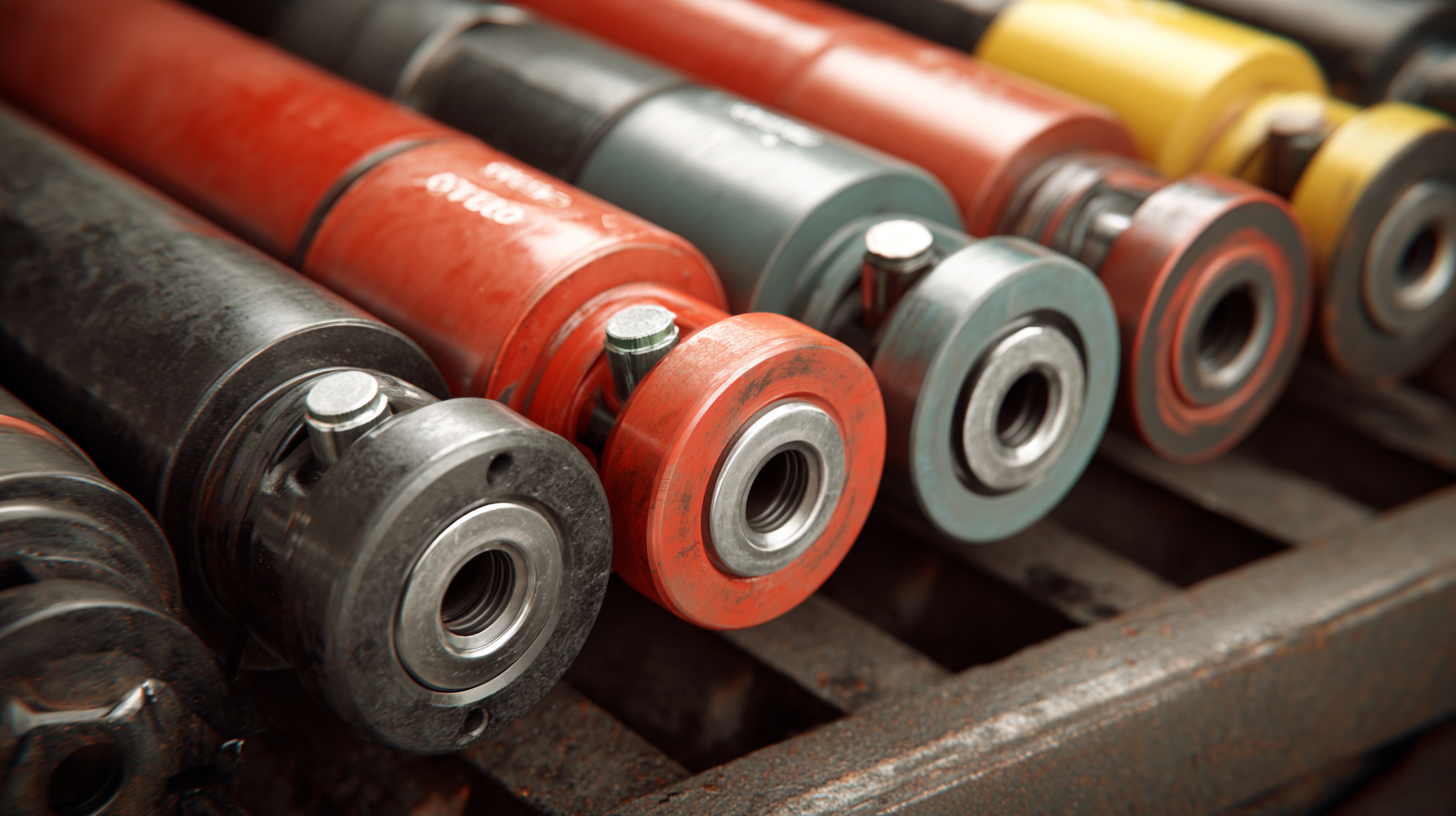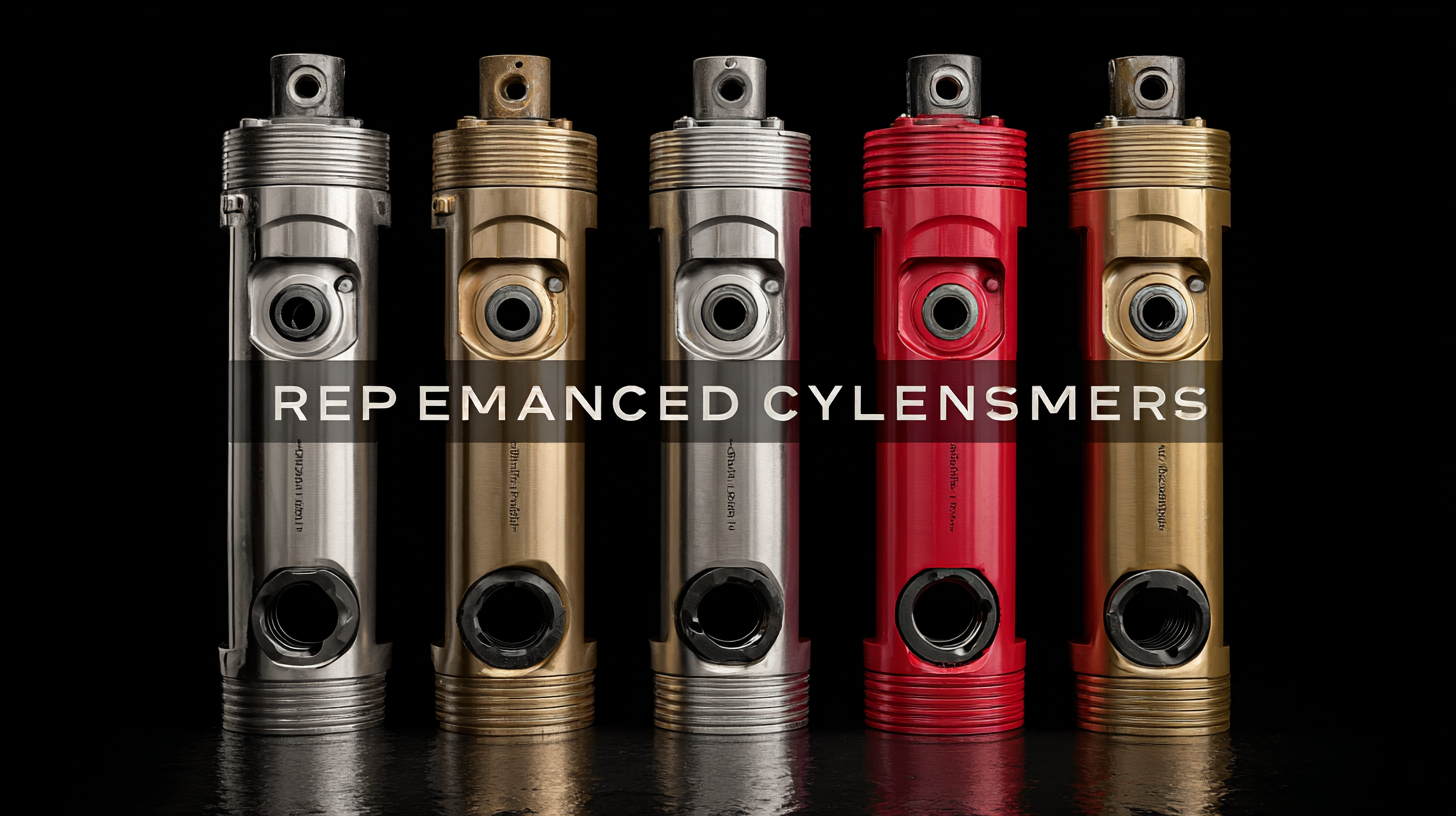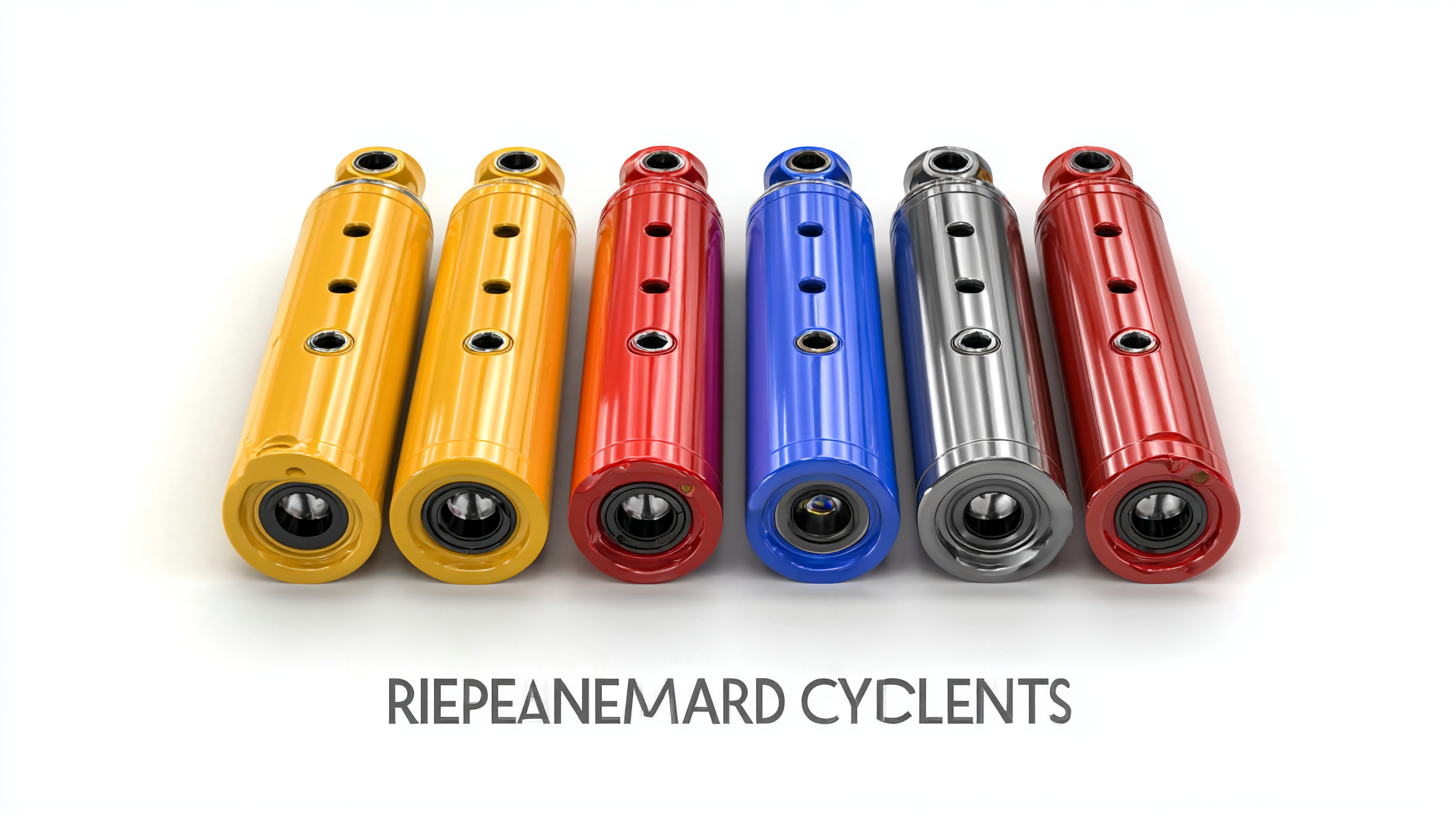International Fluid Power Inc.
International Fluid Power - Innovative Partners For Global Sourcing Of Fluid Power Products. Your Complete Hydraulic Source in SE Minnesota.
INTERNATIONAL FLUID POWER, INC.
Exploring the Characteristics and Applications of Best Replacement Hydraulic Cylinders for Global Buyers
As the global demand for efficient and reliable hydraulic systems continues to rise, the significance of Replacement Hydraulic Cylinders in various industrial applications has become increasingly evident. According to a recent report by Markets and Markets, the hydraulic cylinder market is projected to reach $10.45 billion by 2025, growing at a CAGR of 5.6%. This growth can be attributed to the escalating need for equipment longevity, reliability, and cost-effectiveness across sectors such as construction, agriculture, and manufacturing. Replacement Hydraulic Cylinders serve a critical role in maintaining operational efficiency, minimizing downtime, and ensuring machinery remains compliant with evolving industry standards. This blog will explore the characteristics and varied applications of these essential components, providing insights for global buyers seeking to navigate this dynamic market landscape in 2025 and beyond.

Understanding the Key Features of Replacement Hydraulic Cylinders
When it comes to replacing hydraulic cylinders, understanding their key features is essential for global buyers seeking reliable options. Quality replacement hydraulic cylinders must demonstrate durability, efficiency, and compatibility with existing machinery. One of the primary characteristics to look for is the material used in manufacturing; high-strength steel or aluminum alloy often offers the best resistance to wear and corrosion, extending the lifespan of the cylinder. Additionally, precision-engineered seals and components are vital to minimize leakage and enhance overall performance.
Another critical feature is the cylinder’s design specifications, which must align with the machinery in question. Compatibility in dimensions, stroke length, and mounting configurations ensures seamless integration and optimal functioning. Buyers should also consider the hydraulic fluid compatibility, as this affects not only performance but also maintenance requirements.
Furthermore, evaluating the manufacturer’s reputation and warranty offerings can provide insights into the reliability of the replacement hydraulic cylinders. Understanding these aspects allows global buyers to make informed decisions, ensuring that their hydraulic systems operate efficiently and effectively.
Comparative Analysis of Different Types of Hydraulic Cylinders
When exploring the various types of hydraulic cylinders, it's essential to understand their characteristics and applications, especially for global buyers looking to make informed decisions. Hydraulic cylinders can be classified into several categories, including single-acting, double-acting, and telescopic cylinders. According to a report published by ResearchAndMarkets, the global hydraulic cylinder market was valued at approximately USD 13.5 billion in 2021 and is projected to reach USD 19.5 billion by 2027, growing at a CAGR of around 6.5%. This growth underscores the increasing demand across agricultural, construction, and industrial sectors, which implement different types of cylinders based on specific operational needs.

In a comparative analysis, single-acting cylinders are often favored for applications where force is needed in only one direction, while double-acting cylinders offer versatility by providing force in both directions. The choice of cylinder also impacts efficiency; for instance, telescopic cylinders are ideal for situations requiring extended reach with limited space. A recent report from Grand View Research highlighted that double-acting cylinders accounted for over 70% of the market share in 2020, primarily due to their widespread applicability in heavy machinery. Understanding these types and their specific advantages can significantly enhance the effectiveness of operations in various industries, ultimately aiding buyers in selecting the best replacement hydraulic cylinders tailored to their needs.
Applications of Hydraulic Cylinders in Various Industries
Hydraulic cylinders play a crucial role across various industries, acting as the driving force behind a multitude of applications. In construction, for instance, hydraulic cylinders are essential for powering heavy machinery such as excavators and bulldozers. These cylinders enable precise lifting and lowering, making them indispensable for maneuvering large structures and materials safely and effectively. Their ability to generate substantial force from minimal space makes them an ideal choice for construction tasks requiring both strength and compact design.
In manufacturing, hydraulic cylinders facilitate the automation of production lines, enhancing efficiency and output. They are frequently used in machinery for tasks such as stamping, molding, and assembly. By providing smooth and controlled movements, hydraulic cylinders improve accuracy and reduce operational wear, which is vital for maintaining productivity in fast-paced environments. Furthermore, in the agriculture sector, these cylinders assist in various equipment like tractors and harvesters, enabling farmers to operate machinery with ease and precision while improving overall yield. The diverse applications of hydraulic cylinders highlight their significance in driving advancements across industries globally.

Selection Criteria for Optimal Hydraulic Cylinder Replacement
When selecting the optimal hydraulic cylinder replacement, several key criteria must be considered to ensure that the new component meets both performance and durability requirements. First, buyers should focus on determining the specific operating conditions of their machinery, including load capacity, stroke length, and pressure ratings. Understanding these parameters is crucial, as hydraulic cylinders are designed for varying applications, from industrial machinery to mobile equipment. By adhering to the original specifications, buyers can avoid compatibility issues and ensure seamless integration into their systems.
Additionally, material quality and construction techniques play a vital role in the longevity and reliability of hydraulic cylinders. Choosing cylinders made from high-grade materials, such as hardened steel or aluminum alloys, can significantly enhance resistance to wear and corrosion. Furthermore, buyers should consider the manufacturer's reputation and warranty options, as these factors can provide insights into the product's quality and the level of support offered post-purchase.
A thorough evaluation of these selection criteria will aid global buyers in identifying the best replacement hydraulic cylinders that fit their operational needs and budget constraints.
Maintenance Tips for Extending the Life of Hydraulic Cylinders
Hydraulic cylinders play a critical role in various industries, providing the necessary force and motion for numerous applications. To ensure their longevity and optimal performance, regular maintenance is essential. According to industry studies, nearly 70% of hydraulic system failures can be attributed to poor maintenance practices. Implementing routine inspections and adhering to manufacturer guidelines can significantly extend the life of hydraulic cylinders, potentially saving operators up to 30% in replacement costs annually.
An effective maintenance regime should include regular checks for leaks, ensuring proper fluid levels, and monitoring operating temperatures. Reports indicate that systems designed with a focus on preventative and predictive maintenance not only enhance performance but can also increase component lifespan dramatically. For example, in hydraulic systems, detecting and addressing minor issues early can prevent them from escalating into costly repairs. By incorporating supplemental filtration systems, users can also help mitigate the risks of contamination, extending the operational life of hydraulic components and boosting overall efficiency.
Hydraulic Cylinder Lifespan vs. Maintenance Frequency
You Can Find International Fluid Power Here:
Search For:
Footer #4 Widget
This is an example of a widget area that you can place text to describe a product or service. You can also use other WordPress widgets such as recent posts, recent comments, a tag cloud or more.
© 2025 International Fluid Power, Inc. All Right Reserved.